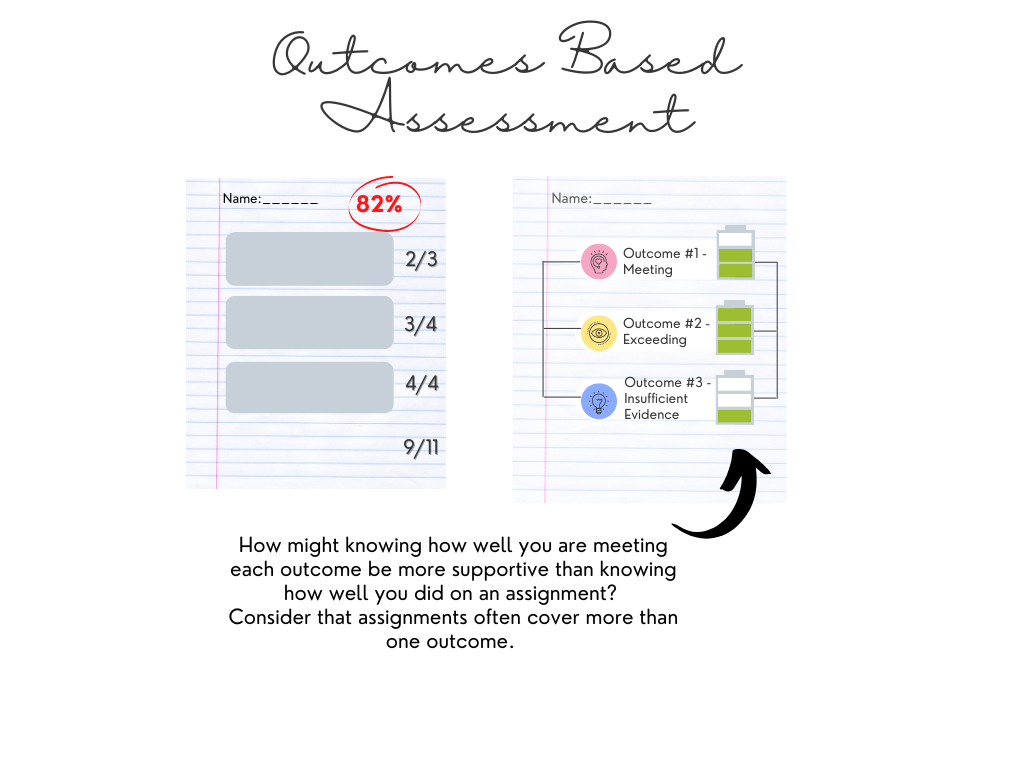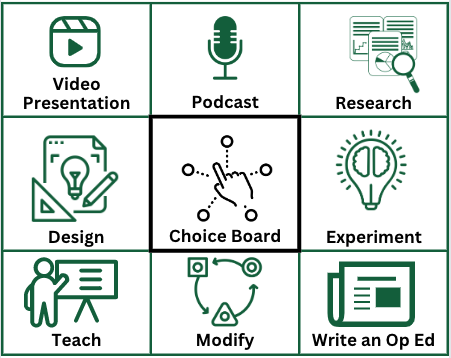Open Pedagogy: Using OER to change how we teach
The benefits of using open textbooks and other open educational resources (OER) instead of commercial texts aren’t limited to the cost savings for students, however. The lack of copyright restrictions on OER allows instructors to modify these materials to meet the specific needs of their courses. For example, the Edwards School of Business recently released an adaption of an open book from the United States that not only saved their students money, but also meets the learning needs of the students better than the original edition. University Success will be used by the more than 475 students in the course, but also students at other institutions, and other instructors will be free to make their own changes to this resource to better meet local needs.
Just as instructors are able to adapt existing OER, so are students. Learners can become contributors to existing open materials, or use OER to create new learning materials for themselves, their peers, and future learners (and instructors).
John Kleefeld, a professor in the U of S College of Law, created an assignment that offers students in his The Art of Judgement course the chance to improve Wikipedia articles on one of the topics covered in the course. Professor Kleefeld and one of those students, Katelyn Rattray wrote an article on the design of the assignment and the experience that was published the Journal of Legal Education.
Robin DeRosa from Plymouth State University in New Hampshire created an open textbook for her early American literature course by having undergraduate research assistants find appropriate public domain content. As a core assignment in the class, students then wrote introductions for each reading based on their research about the authors and time periods. While she served as the editor, students did much of the research and compiling of content for this new open textbook. This assignment replaced a traditional paper that would have only been seen by the instructor and the student and likely soon after marking, discarded by the student. Read more about this process on her blog.
Moving away from private “throw away” assignments can shift student activity away from knowledge consumption instead developing their skills in knowledge creation. In the examples above and many others, this lead to increased student engagement, improved learning outcomes, and freed instructors from reading the same assignments repeatedly.
If you would like to learn more about open pedagogy, the GMCTE is offering a session on November 8 as part of our Introduction to Learning Technologies series. You can also contact the GMCTE directly with any questions or to schedule a consultation.


